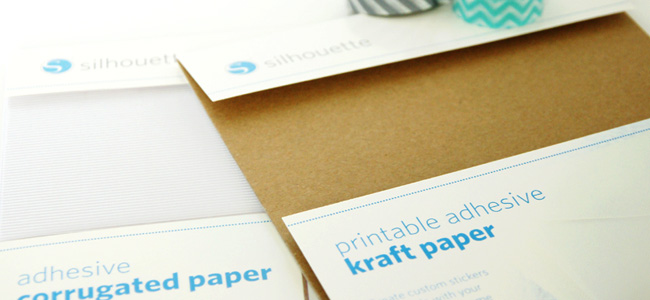How to print a media campaign, which is related to paper media. The guru seems to be a graphic designer in the field of marketing that many wrestle with promotional brochures, greeting cards, invitations, and business cards.
Know promotional products
A graphic designer is like understanding first the final product to be made then doing a review of the type of paper that will be used based on the general paper properties. Promotional brochures generally use thin paper. His greeting cards and plural business cards use thick paper, the card itself implies the paper must be stiff and thick.
Brochures themselves can be in the form of postcards, which generally use thick paper. While invitation letters can be thin, and if the invitation card of course back to look for a thick and rigid. When an invitation is in the form of a letter, it usually uses a foldable paper that can be folded. So again it depends on how a promotional product wants to be formed and embodied in a marketing project.
Invitation cards
The selection of heavy paper for invitation cards is very relative depending on how the designer creates the invitation card itself and how the customer provides input. Formal invitation cards generally use coated paper or fancy paper (fancy paper). Art Board paper, thick paper with coating can be an option. Although Art Board is a class of commodity paper, but because coated paper gives excellent shine and superior prints, many designers use it for invitation cards.
If the designer wants to create a more specialized invitation card, then the use of fancy paper becomes an option. The type and quality is very varied, can be in the form of coated and uncoated paper. However fancy uncoated paper has special and distinct characters such as HVS, photocopying and newsprint. These three types of uncoated paper fall into the category of commodity paper and are generally thin with a gramature of 50 – 150 gsm.
Feature and paper properties
First, the general gramatures of the cards are paper above 170 gsm, the higher the thicker it will be. Secondly, the color of either a very high-bright white paper or a special color is an important character because it will give a different print result with the ink blending process. Third, the paper texture adds character from the specialty of paper, such as emboss, laminate with metallic material, golden dlsbgnya. The addition of texture can be done after the paper is produced, through emboss roll. The unique texture can be done on the paper machine itself caused by special fiber and color materials or through a “watermark roll” process mounted on the wire part of the paper machine. Watermark roll will create a unique and special water shadow when the finished paper is dried and produced.
The role of Spec Representative
A designer who does not have a paper background, will be confused and dizzy choosing what fancy paper is suitable for the print project.
Overseas as in the US and Europe is very common a special paper mill or specialty paper ditributor, not commodity paper, hire “Spec Representative” whose job is to approach the designer both in the sense of individual and company.
They do not sell literally, they do meetings or presentations in either the class format or the “lunchtime” format. Spec Rep invites several designers to meet in a good restaurant for casual conversation about the paper characters on printability, runnability and convertability. When designers are interested in paper characters and potential paper capabilities, they will then create a “job” with the specific paper specifications.
In time the print job is done, then the printing should look for the paper in question with the complete information of the designer where to buy it. So printing is not the party that determines the type of paper used.
Practical tips
Try visiting specialty paper stores that move on special paper instead of commodities, for instructions. Usually they have various types of paper intended for invitations. Although it ultimately depends on the creativity of the designer himself how to mix customer desires and knowledge of the paper available in the market. Many unique designs use paper previously not intended for invitations as long as the main principle of thickness is not left behind. For example extreme example is the use of handmade paper (hand made paper), where colors and textures are very unique and different. Not infrequently the wedding invitation card using this type of paper, but again usually always thick. A thin invitation card will be very unimpressive when held and accepted by the invitees
Promotional brochures
Promotional brochures are mostly using both uncoated and coated thin paper, which fall into the category of commodity paper. Given promotional brochures printed in large quantities to conduct sales promotion in order to reach the public wide and wide, then the cost aspect becomes critical. So the use of commodity paper is more plural when compared with the use of fancy paper.
Uncoated paper such as HVS, photocopies are cheaper than coated paper can be about 30% or more depending on the market cycle. The advantages of coated paper are the prints of luster with sharp and contrasting colors, of course, have a fascination and superior impression of a goods that dipromosik
